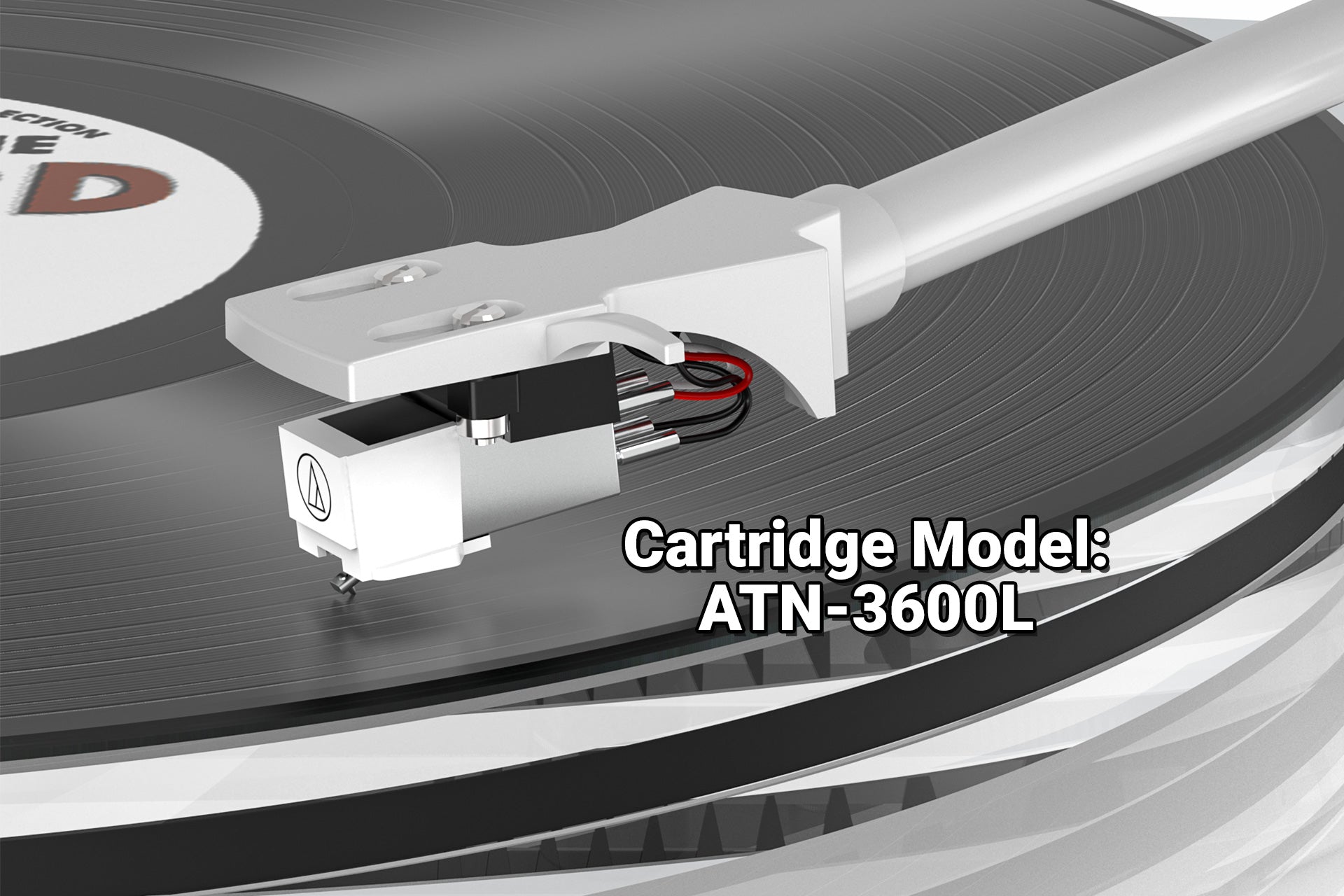Introduction:
When it comes to vinyl record players, every component plays a crucial role in delivering the best possible sound quality. Among these components, the tonearm stands out as one of the most critical elements in the playback process. However, with various options available, such as L-shaped, S-shaped, and J-shaped tonearms, many enthusiasts find themselves wondering which shape is superior. In this article, we'll delve into the differences between these tonearm shapes and explore whether one is inherently better than the others.
1. Understanding Tonearms: Before diving into the specifics of each tonearm shape, let's first understand the fundamental role of the tonearm in a vinyl record player. The tonearm is responsible for holding the cartridge, which houses the stylus (needle). It allows the stylus to trace the grooves of the record accurately, translating the physical vibrations into electrical signals that ultimately produce sound.
1.1 From the perspective of arm tube shape alone, there is no need to worry about which one is better, because the shape will not cause a difference in sound quality:
- The shape of the arm tube depends on the current fashion. The S shape may be popular for a while, the J shape may be popular for a while, and the L shape may be popular next. Everyone on the market is rushing to produce a certain type of product.
- Some brand manufacturers may be particularly fond of certain two arm tube shapes and only make products with arm tubes of this shape.
- L-shaped straight arms are more popular now because they have a simple structure, are relatively easy to manufacture, and have good resonance control.
1.2 Since there is no difference between them, why are there these three shapes of arm tubes?
In fact, these are three solutions to reduce compliance errors and ensure sound quality.
- In order to ensure the complete reading of the data in the record secret text, the tone arm needs to have an inward tilt angle, which we call the Offset Angle, to compensate for the tracking error caused by the stylus drawing an arc on the record, thereby ensuring sound quality.
- Because of the need for offset angle, S-type and J-type tonearms were born to solve the problem of compensation angles on the arm tube.
- What about the L-shaped tonearm? The offset angle is on the cartridge cover. You can clearly see that the cartridge is tilted inward after installation and is not in a straight line with the tone arm.
Conclusion:
L-shaped tonearm: The Offset Angle is at the cartridge.
S-shaped / J-shaped tonearm: The Offset Angle is on the tonearm.
1.3 The tonearm tube shape does not affect the sound quality, so what does?
- Tone arm length
The longer the tone arm, the slower the arc drawn and the smaller the tracking error. The smaller the error, the better the sound quality. However, the length of the tone arm cannot be infinite. First, it will exceed the range of the turntable. Second, the weight will increase and the sensitivity will decrease. Therefore, the mainstream standard tonearm is about 9 inches, while the long tonearm is usually about 12 inches.
- Tone arm material
Using lightweight, high-rigidity, and low-resonance materials can improve sound quality. (Such as aluminum alloy, carbon fiber, aluminum-magnesium alloy, titanium alloy, etc.)
- Tone arm design
A small detail can improve the performance of the tonearm. Therefore, there are the famous SME 3009/3012 series, Rega RB300 series and so on.
2. The L-shaped Tonearm: The L-shaped tonearm, characterized by its straight design, is often favored for its simplicity and rigidity. Its linear trajectory ensures minimal tracking error, meaning the stylus remains perpendicular to the record's grooves throughout the playback process. This design theoretically reduces distortion and improves overall fidelity.
3. The S-shaped Tonearm: In contrast, the S-shaped tonearm features a gentle curve resembling the letter "S." This design is engineered to mitigate two common issues: skating force and tracking error. The curvature of the tonearm helps counteract the tendency of the stylus to "skate" across the record surface, ensuring even groove tracing and minimizing wear on the stylus and records.
4. The J-shaped Tonearm: The J-shaped tonearm combines elements of both the L-shaped and S-shaped designs. It features a straight section near the pivot point, transitioning into a curved section resembling the letter "J." This hybrid design aims to provide the rigidity of an L-shaped tonearm while also addressing the skating force and tracking error associated with an S-shaped tonearm.
5. Comparing Performance: When it comes to performance, each tonearm shape has its strengths and weaknesses. The L-shaped tonearm excels in maintaining rigidity and minimizing distortion, making it ideal for audiophiles seeking pristine sound reproduction. On the other hand, the S-shaped tonearm offers improved tracking and reduced skating force, enhancing the longevity of both the stylus and records.
6. The Influence of Material and Construction: It's worth noting that the material and construction of the tonearm also play a significant role in its performance. Factors such as mass, damping properties, and resonance characteristics can affect the tonearm's ability to accurately track the record grooves and reproduce sound faithfully. Therefore, while tonearm shape is essential, it's essential to consider these additional factors when evaluating performance.
7. Conclusion:
In conclusion, the debate over which tonearm shape is superior—L-shaped, S-shaped, or J-shaped—is not easily settled. Each design offers unique advantages and considerations, making it challenging to declare one as definitively better than the others. Ultimately, the best tonearm shape for a vinyl record player depends on various factors, including personal preference, system compatibility, and desired performance characteristics. As with any aspect of audio equipment, it's essential to audition different options and determine which one best suits your individual needs and preferences.
In the end, whether you choose an L-shaped, S-shaped, or J-shaped tonearm, the most important thing is to enjoy the music and the unique experience that vinyl playback offers.












Leave a comment
All comments are moderated before being published.
This site is protected by hCaptcha and the hCaptcha Privacy Policy and Terms of Service apply.